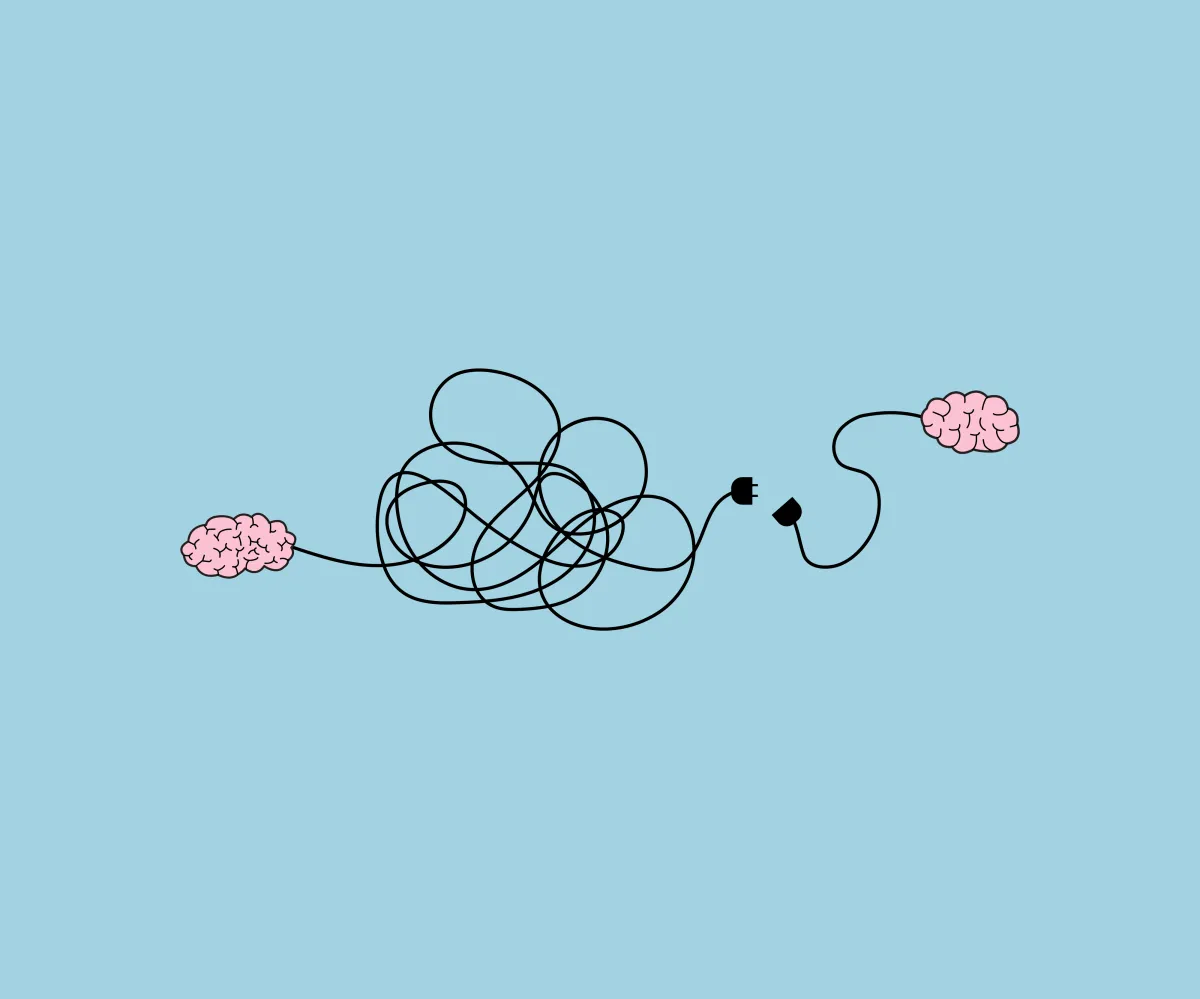
Understanding PDA in the Classroom: A Nervous System Lens for Teachers
Understanding PDA in the Classroom: A Nervous System Lens for Teachers
We’ve all had those moments where we look at a student and think, “I know you can do this… so why is it so hard right now?”Sometimes what looks like “won’t” is really “can’t right now.”
For students with a PDA (Pathological Demand Avoidance) profile, these moments are less about defiance and more about their nervous system feeling unsafe or overwhelmed.
PDA shapes how a student experiences safety and control. Even small requests — starting a worksheet, joining a group, tidying up — can feel like too much. And sometimes the “demands” aren’t visible at all. They might be internal pressures like “I should be able to do this,” social expectations, or even simple needs like eating or resting.
When we start looking through this nervous system lens, things begin to make sense.
I know that can sound big and scientific — but it doesn’t need to be. It’s really just about noticing how stress builds and how safety helps learning happen again.
Why rewards might backfire
Most of us have learned to encourage effort with praise or rewards — it’s become standard practice. But for demand-sensitive students, even positive attention can feel like pressure.
One teacher I worked with discovered that every sticker and “well done” was quietly adding stress. It was through understanding the automatic stress responses PDAers can experience in relation to perceived loss of autonomy or demands/expectations — and the 'stuckness' it caused. When she stopped using the reward chart, the student began to relax — and started engaging more in learning on their own. The ability was always there; it had just been hidden beneath stress that was causing them to feel anxious and avoid the task.
Seeing beneath the behaviour
The PDA Escalation Pyramid is a simple visual tool developed by the UK PDA Society that provided me with an ah-ha moment in understanding. In the context of school, it can help teachers and aides to notice the early signs of stress before things escalate — or before a student quietly withdraws. It also helps identify what kind of support fits best at each stage. It's so specific - and almost eerily accurate once you start to connect the 'indicators' on the pyramid to what you're seeing in your student.
The way it shifts our understanding then tends to mean we do less managing behaviour, and have the know-how to support regulation. Sometimes that means offering a choice or taking a pause; other times it’s simply noticing when a student has had enough and giving them space to reset. It's also about knowing when it's a good time to gently encourage and persevere with things.
A FREE resource to help understand the PDA escalation pyramid
As I mentioned, the first time that the pyramid was explained to me - it was a lightbulb moment 💡The various pieces of information I had about PDA came together and finally I had the framework to make it all make sense. Of course, there's been plenty of trial and error since in my lived experience as a PDA parent; but one thing that's remained consistent: the pyramid continues to help make sense of things.
I've recorded a mini masterclass to explain the PDA nervous system and how we can track stress with the pyramid, including at what stages we'll have most success with declarative language.
